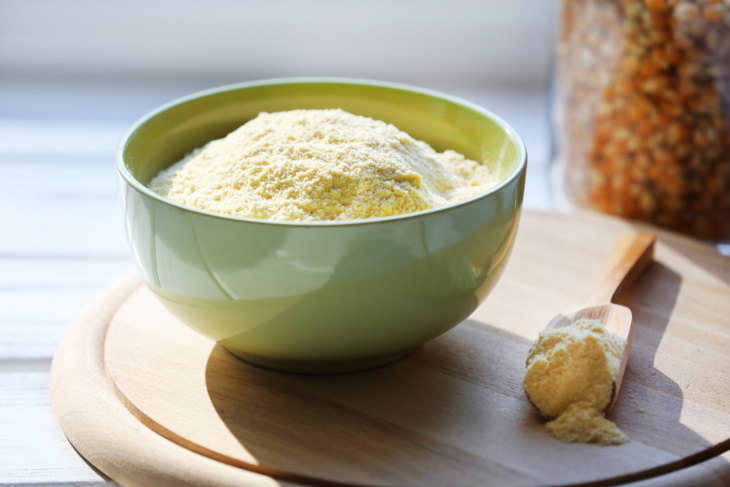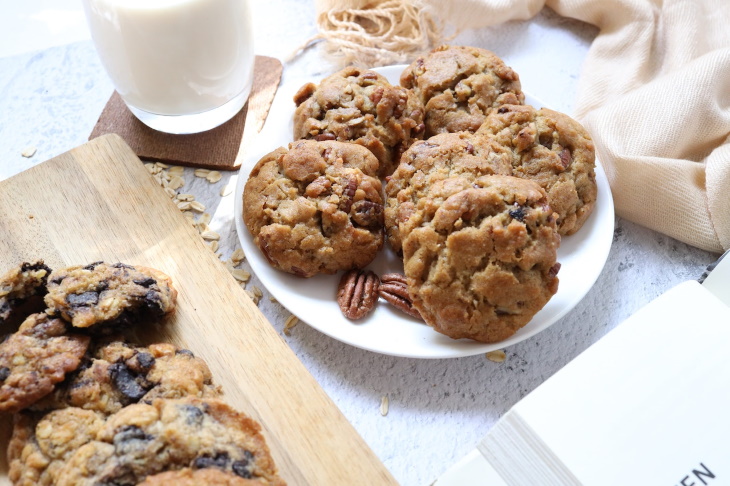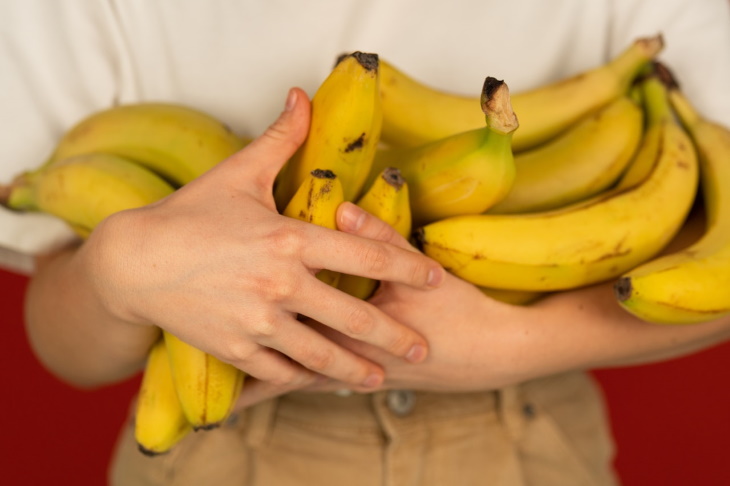
Did you know that bananas are the fourth most consumed food crop in the world after rice, wheat, and corn? Isn’t that bananas? And it’s easy to see why - bananas are delicious! The only problem is, all those peels we throw away are a major wasted resource.
In the best scenario, people compost banana peels. However, composting is by far not the only way to make use of this valuable resource. That’s because banana peels are edible, and they’re pretty nutritious too! Recent research has confirmed that partly substituting wheat flour in cookies with banana peel flour makes cookies more nutritious and extends their shelf life, all without compromising the taste.
Should we all start embracing this curious food ingredient more? And if so, how? Read on to find out.

Still skeptical at first, we were surprised to find out that banana peels offer many of the same nutrients as the fruit itself, and a few more. Like banana fruit, banana peels are rich in potassium, magnesium, and many vitamins. The peels also contain protein, healthy polyunsaturated fatty acids, high levels of fiber, and various types of antioxidants.
The antioxidants present in the peels are of particular interest. Known as phenolic compounds, the antioxidants in banana peels have antimicrobial and anti-inflammatory properties, potentially benefiting people with diabetes and hypertension. Banana peels also contain tryptophan - the famous ingredient in turkey that improves your quality of sleep.

With all these potential benefits in mind, researchers from Aligarh University in India set out to see if banana peel flour (dried and ground banana peels), can enhance the nutritional properties of baked goods, such as bread, cake, and cookies. They also wanted to see if adding banana peel flour compromised the taste, color, and texture of the cookies. Here’s what they found.
Not convinced to start using banana peels in cooking? There are many alternative uses of banana peels in your home that don’t involve eating them, click on one of these links:
According to the study authors, the high antioxidant content in the cookies with banana peel flour also extended the shelf life of cookies.

Moreover, the researchers pointed out that the cookies containing banana flour were also softer and moister than the “control cookies” that contained no banana peel flour.
To access the taste (sensory properties) of the cookies, the researchers also recruited a panel of 20 trained judges. These experts concluded that the cookies with 7.5-10% of banana peel flour were either comparable to or even better than the control cookies. An adverse impact in texture and taste was only reported in cookies that had too much banana peel flour - 12.5-15%.
All this suggests that substituting a small amount of flour in baked goods for banana peel flour may render the pastry more nutritious. The researchers also note that using banana peel flour on a commercial scale could reduce global waste and significantly lower greenhouse gas emissions, so using up those peels can actually benefit our environment too.

The short answer is, yes, and many people already do. For example, some people use banana peels in vegan and vegetarian cooking as a meat alternative to pulled pork and bacon. Others brew banana peels into a calming, muscle-relaxing tea.
Of course, the banana peels can also be made into flour. In the study we discussed earlier, the researchers first washed undamaged ripe bananas, then removed the peels to prepare the flour. After boiling the banana peels in water for a few minutes, they proceeded to dry and then grind the peels into flour. The resulting flour was fine and had an off-white color.
Note, however, that fruit peels can accumulate pesticides and other potentially-toxic substances, so you must always wash the banana peels thoroughly before using them. The researchers also advise against consuming banana peels raw, as this may lead to adverse health effects.
If you’re inspired to start using banana peels in your desserts, we included a simple video recipe that teaches you to make a Banana Peel Cake with Brown Sugar Frosting. You can view the full written recipe here - Banana Peel Cake Recipe.
H/T: Food52, Medical News Today